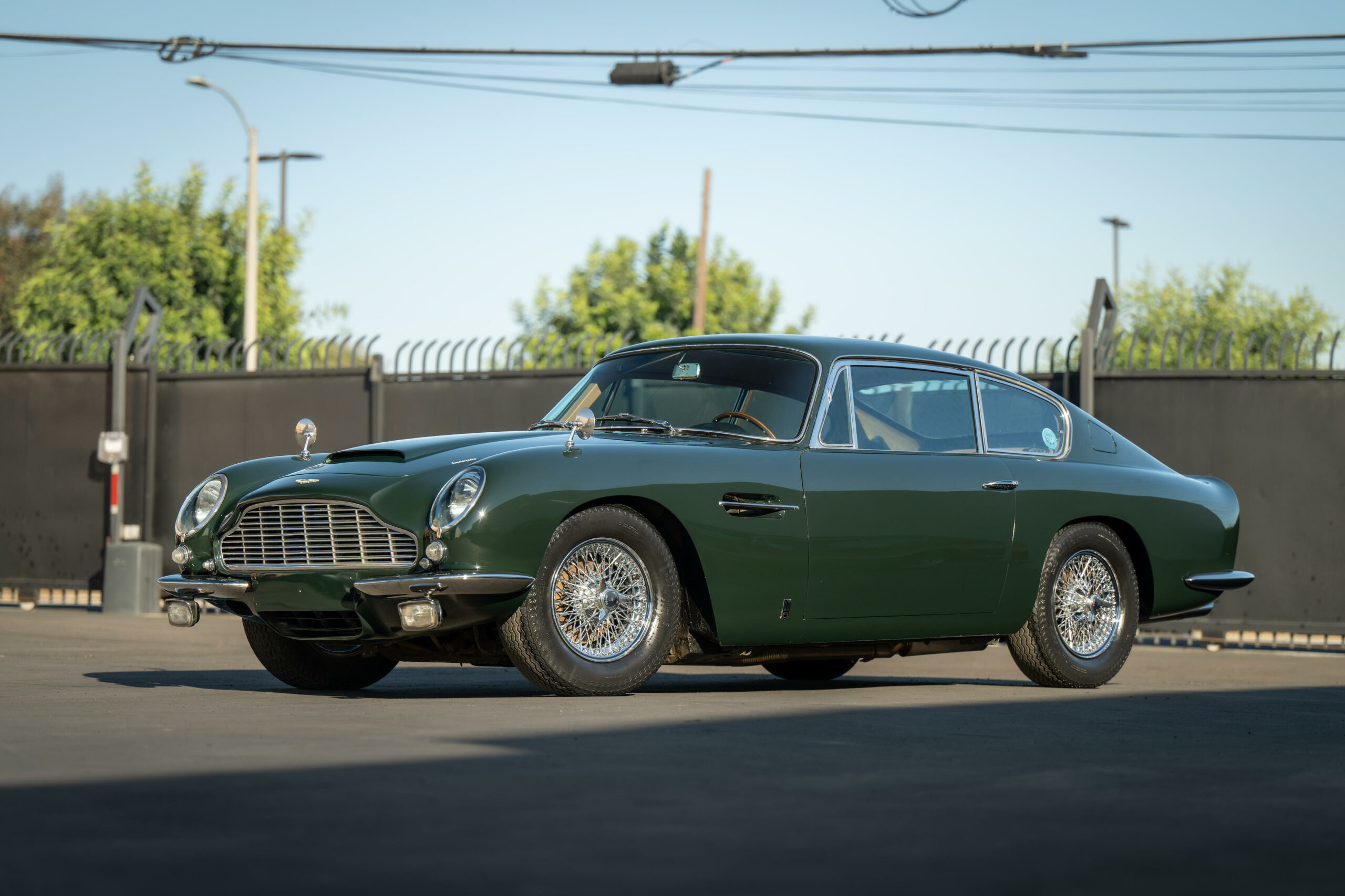Categories
- 1910s
- 1920s
- 1930s
- 1940s
- 1950s
- 1960s
- 1970s
- 1980s
- 1990s
- 2000s
- AMC
- Aston Martin
- Autobianchi
- Bentley
- BMW
- Bristol
- Buick
- Cadillac
- Chevy
- Chrysler
- Citroen
- Classic Cars
- Classic Hot Rods
- Classic Muscle Cars
- Classic Sports Cars
- Cunningham
- Davis
- Duesenberg
- Edsel
- Facel Vega
- Ferrari
- Fiat
- Ford
- Ghia
- Hillman
- Hudson
- Jaguar
- Kaiser
- Lamborghini
- Luxury Car
- Maserati
- Mercedes-Benz
- Moretti
- Packard
- Panhard
- Plymouth
- Porsche
- Reliant
- Rolls-Royce
- Studebaker
- Toyota
- Uncategorized
- Vespa
- Volvo
- Wolseley
The history of BMW, or Bayerische Motoren Werke AG, is a story of innovation, precision engineering, and the pursuit of driving excellence. BMW is a German automaker known for its luxury vehicles and a strong commitment to producing cars that provide the “Ultimate Driving Experience.”
The company’s roots can be traced back to the early 20th century when it was founded in 1916 in Munich, Germany. Originally, BMW was focused on manufacturing aircraft engines, and its name, which translates to “Bavarian Motor Works,” reflects its Bavarian heritage.
One of the key figures in BMW’s early history was Karl Rapp, who founded the predecessor company, Rapp Motorenwerke. Rapp’s expertise in aircraft engine design and production laid the foundation for BMW’s future engineering excellence. In 1917, Rapp Motorenwerke merged with Bayerische Flugzeugwerke AG, leading to the formation of BMW.
After World War I, with restrictions on aircraft manufacturing imposed by the Treaty of Versailles, BMW shifted its focus to motorcycle production. The company’s first motorcycle, the BMW R32, was introduced in 1923 and marked the beginning of BMW’s foray into motorized two-wheelers.
In 1928, BMW ventured into the world of automobiles with the acquisition of Fahrzeugfabrik Eisenach, which produced the Dixi, a licensed version of the Austin 7. The Dixi became the first BMW car, and it was soon followed by the iconic BMW 3/15, known as the “Dixi 3/15.”
Throughout the 1930s, BMW gained recognition for its performance-oriented cars, including the BMW 328, a sports car that achieved success in racing competitions. This era solidified BMW’s reputation for building vehicles that offered a combination of speed, agility, and precision.
World War II brought challenges and disruptions to BMW’s production, but after the war, the company focused on rebuilding and expanding its automotive lineup. In the 1950s, BMW introduced the “New Class” series, which included the BMW 1500. These compact sedans became known for their sporty handling and powerful engines, setting the stage for BMW’s transformation into a producer of luxury sport sedans.
The 1970s saw the introduction of the BMW 3 Series, which became one of the most popular and enduring models in the company’s history. The 3 Series exemplified BMW’s philosophy of producing “the Ultimate Driving Machine” by combining performance, handling, and luxury.
In the 1980s, BMW entered the realm of high-performance sports cars with the M Division. Models like the BMW M3 and M5 became synonymous with driving enthusiasts seeking uncompromised performance.
Today, BMW offers a wide range of vehicles, including sedans, SUVs, electric cars like the BMW i3 and i8, and high-performance M models. The brand continues to emphasize precision engineering, cutting-edge technology, and a dedication to providing drivers with an exhilarating and engaging driving experience.
BMW’s legacy is characterized by its unwavering commitment to producing vehicles that appeal to driving enthusiasts while delivering luxury and innovation. The iconic blue-and-white roundel logo remains a symbol of precision and performance, making BMW a respected and admired brand in the automotive world.





